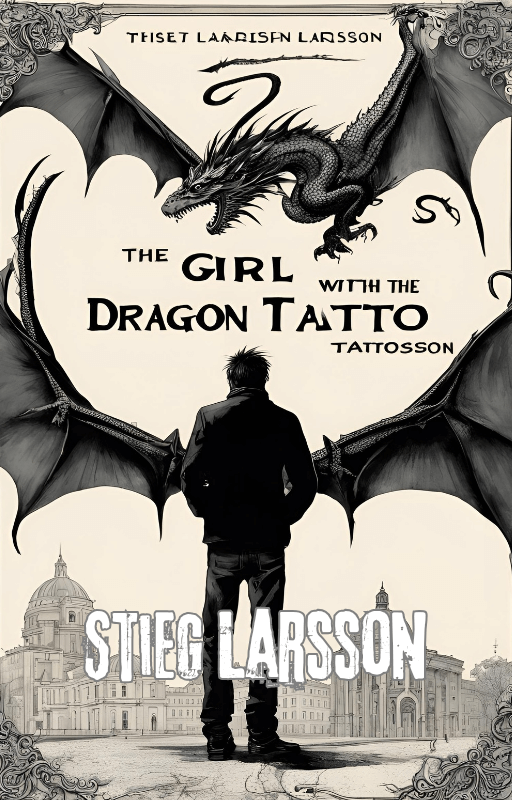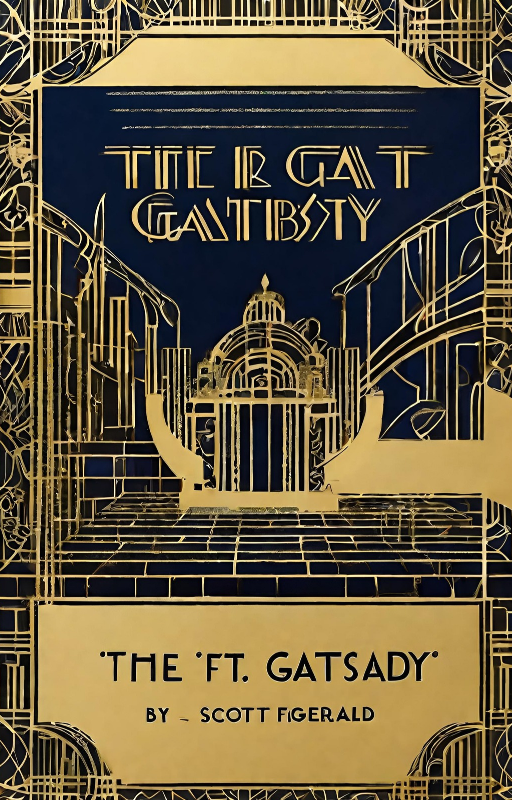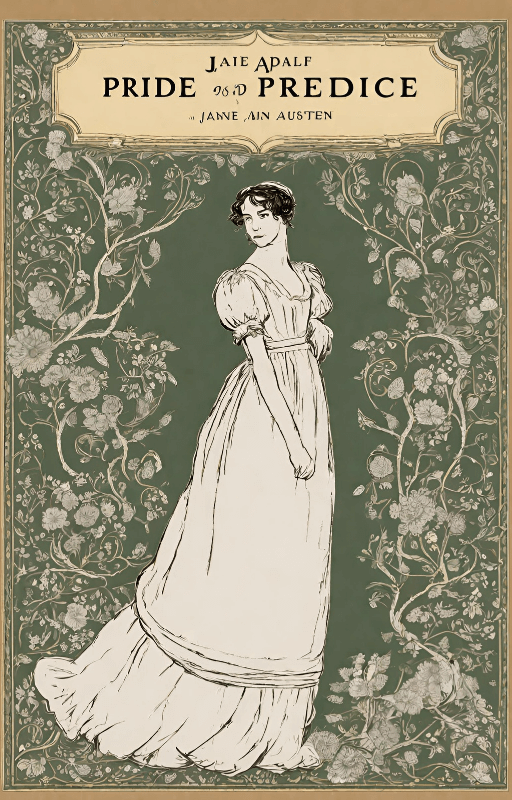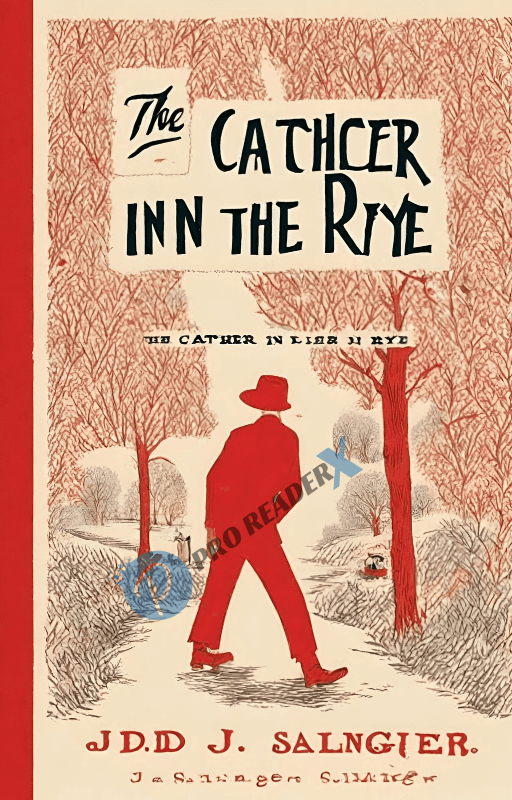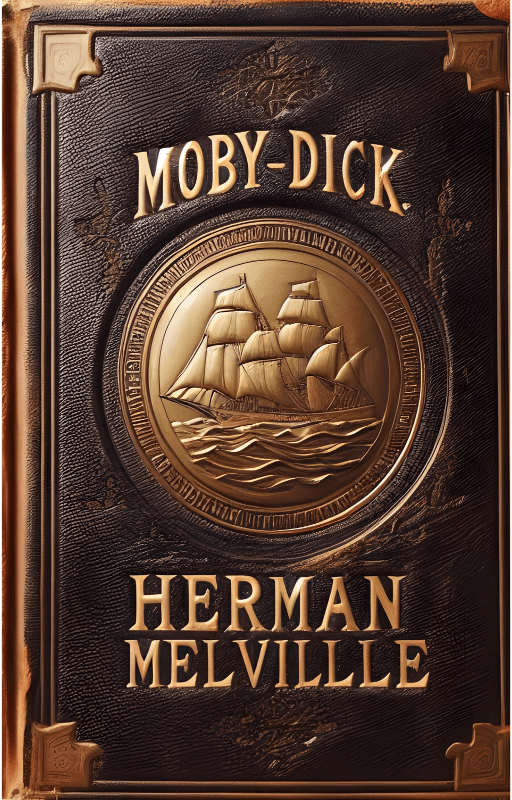Introduction
Welcome to our detailed plot summary of Stieg Larsson’s novel The Girl with the Dragon Tattoo. This riveting story has grabbed readers worldwide with its complicated narrative and intriguing characters. Let’s examine the facts of this unique narrative.
Author Background
Who was Stieg Larsson?
Stieg Larsson was a Swedish journalist and writer renowned for his investigative work. His unexpected death in 2004 ended a promising writing career, yet his legacy lives on through the Millennium Trilogy.
The Millennium Trilogy
The Millennium Trilogy is made up of three novels: “The Girl with the Dragon Tattoo”, “The Girl Who Played with Fire”, and “The Girl Who Kicked the Hornet’s Nest”. Each novel goes further into the characters’ lives and the terrible secrets they reveal.
Overview of the Book
Main Characters
Mikael Blomkvist
Mikael Blomkvist is an investigative journalist and Millennium co-founder. He is conscientious and driven but finds himself amid a dangerous mystery.
Lisbeth Salander
Lisbeth Salander, the mysterious hacker with a problematic history, is the show’s true star. Her brilliance, resourcefulness, and complicated personality make her one of modern literature’s most appealing characters.
Setting
The novel takes place in Sweden, with vivid depictions of the lovely countryside and the hectic city life. The contrast between these places heightens the novel’s dramatic mood.
Plot Summary of The Girl with the Dragon Tattoo
Beginning
Mikael’s Legal Trouble
The tale begins with Mikael Blomkvist in legal difficulties after being convicted of libel against a wealthy businessman. This setback prompts him to take on an unconnected project.
The Vanger Family Mystery
Henrik Vanger, an elderly millionaire, employs Mikael to unravel the decades-long mystery of his niece Harriet’s disappearance. This case drags Mikael into the Vanger family’s dark past.
Middle
Mikael and Lisbeth’s Partnership
Mikael hooks up with Lisbeth Salander, whose hacking abilities are vital. Their collaboration is the centre of the narrative, combining investigative journalism with cyber-sleuthing.
Unraveling the Mystery
As they delve deeper, they discover a string of heinous deaths connected to Harriet’s abduction. The narrative develops with each revelation, keeping readers in their seats.
Climax
Confrontation with the Antagonist
The suspense reaches a climax as Mikael and Lisbeth encounter the enemy. The reveal of the actual villain is both unexpected and rewarding, adding a dramatic twist to the story.
Ending
Resolution of the Mystery
The mystery of Harriet’s disappearance is ultimately explained with turns that leave readers astonished and thrilled. The ending expertly brings together the story’s various elements.
Mikael and Lisbeth’s Future
The novel finishes with clues about Mikael and Lisbeth’s future experiences, laying the groundwork for the remaining parts of the trilogy. Their growing connection is a significant feature.
Themes and Motifs
Social Injustice
The story investigates societal injustice, with a particular emphasis on the maltreatment of women. Larsson’s characters serve as a lens to examine these significant concerns.
Corruption and Power
Power and corruption are essential themes in the novel, and the Vanger family’s dark secrets reflect more significant social issues. Mikael’s struggle against these forces is a recurring theme.
Feminism and Gender Roles
Larsson’s portrayal of Lisbeth questions established gender norms. Her strength and independence make an essential message about feminism and the need for gender equality.
Critical Reception
Awards and Honors
“The Girl with the Dragon Tattoo” has won several plaudits, including significant literary prizes. Its triumph helped pave the way for Nordic noir’s global prominence.
Criticisms
Despite its success, the novel has received criticism for its violent material and pacing flaws, which have prompted disputes among readers and reviewers.
Adaptations
Film Adaptations
The novel has been turned into various films, the most notable being the Swedish film in 2009 and the Hollywood version in 2011. Each version provides a distinct view of the narrative.
TV and Other Media
Beyond films, the narrative has spawned television shows, comic novels, and other media, demonstrating its global influence and popularity.
Conclusion
“The Girl with the Dragon Tattoo” is a classic of modern literature, blending mystery, drama, and social satire. Its fascinating characters and compelling narrative make it a must-read. Whether you enjoy thrillers or seek an engaging tale, this book will leave an indelible impact.
FAQs
Q1: Is “The Girl With The Dragon Tattoo” appropriate for all readers?
A1: The book contains graphic content and mature topics. Thus, it may not be appropriate for younger readers or those sensitive to violence.
Q2: Do I have to read the entire Millennium Trilogy to comprehend the story?
A2: While the novel may be read as a standalone, reading the complete trilogy gives you a better grasp of the characters and the overall narrative.
Q3: How does the book compare to the cinema adaptations?
A3: The film adaptations preserve the novel’s core while differing in plot elements and character representations. Both mediums provide distinct experiences.
Q4: What prompted Stieg Larsson to write this book?
Larsson’s investigative journalism experience and interest in social concerns significantly impacted the book’s topics and characters.
Q5: Do you see any real-life analogies in the book?
A5: Although the novel is fictitious, Larsson drew inspiration from real-life events and societal challenges, lending realism to the narrative.
